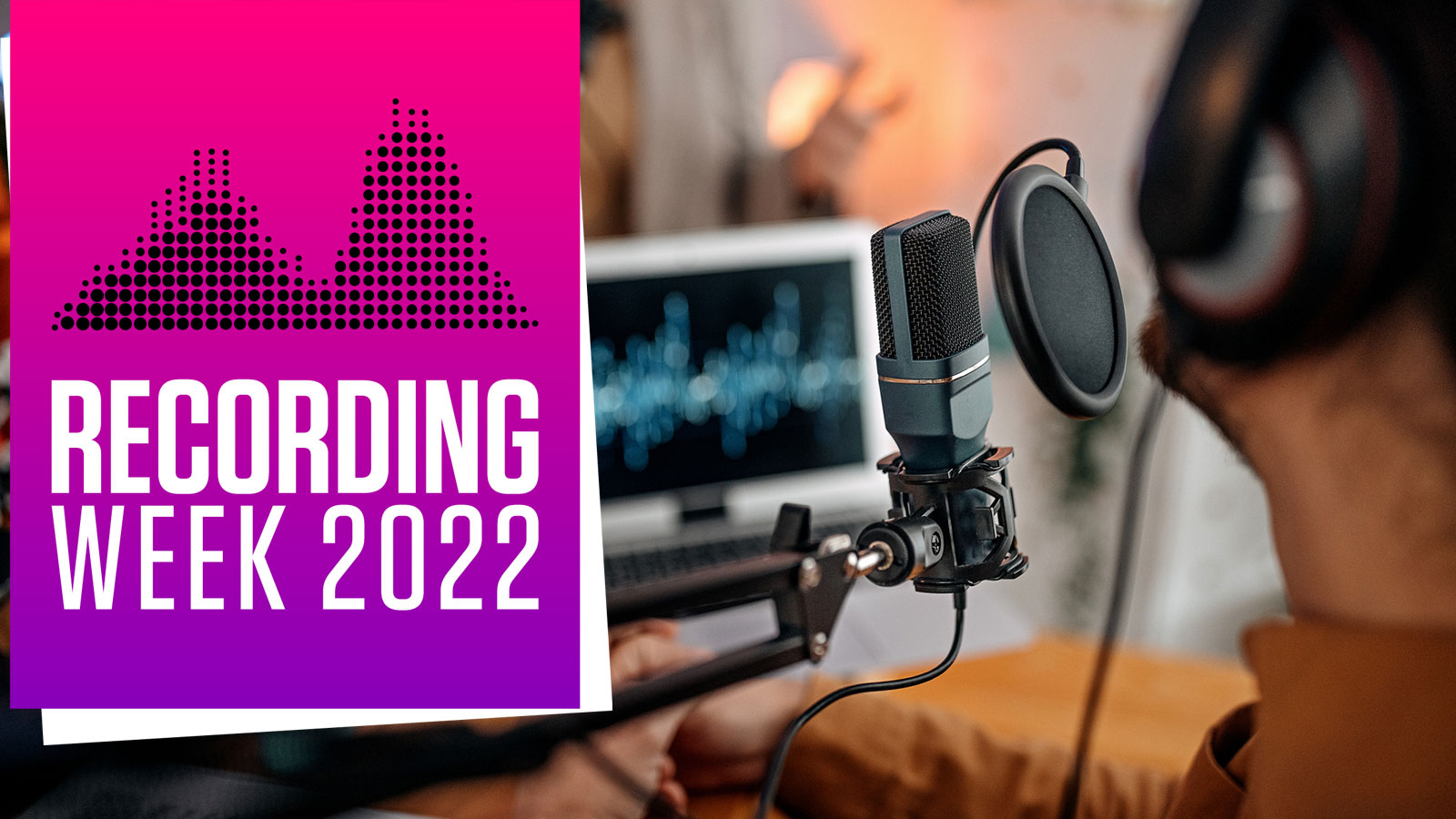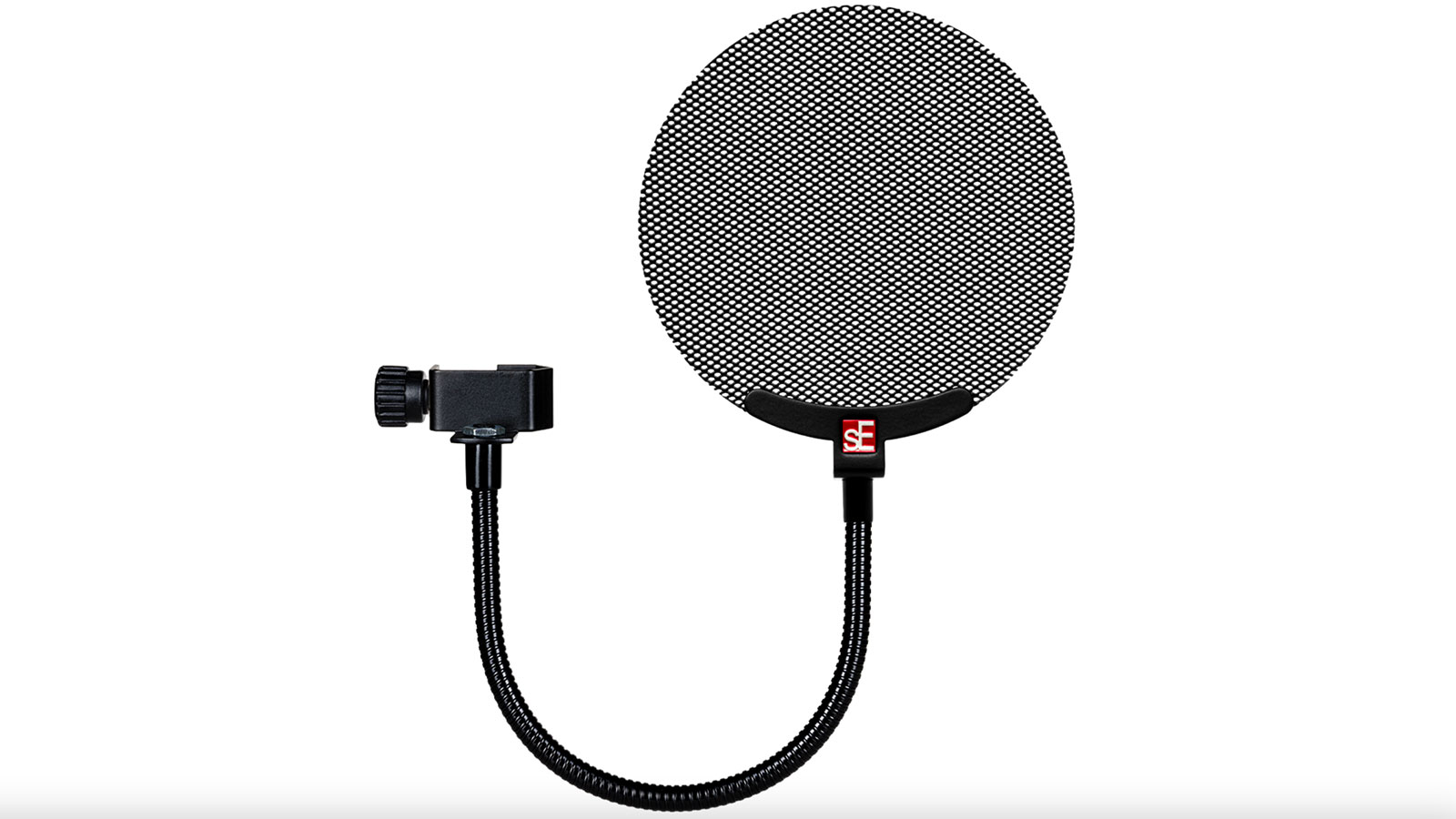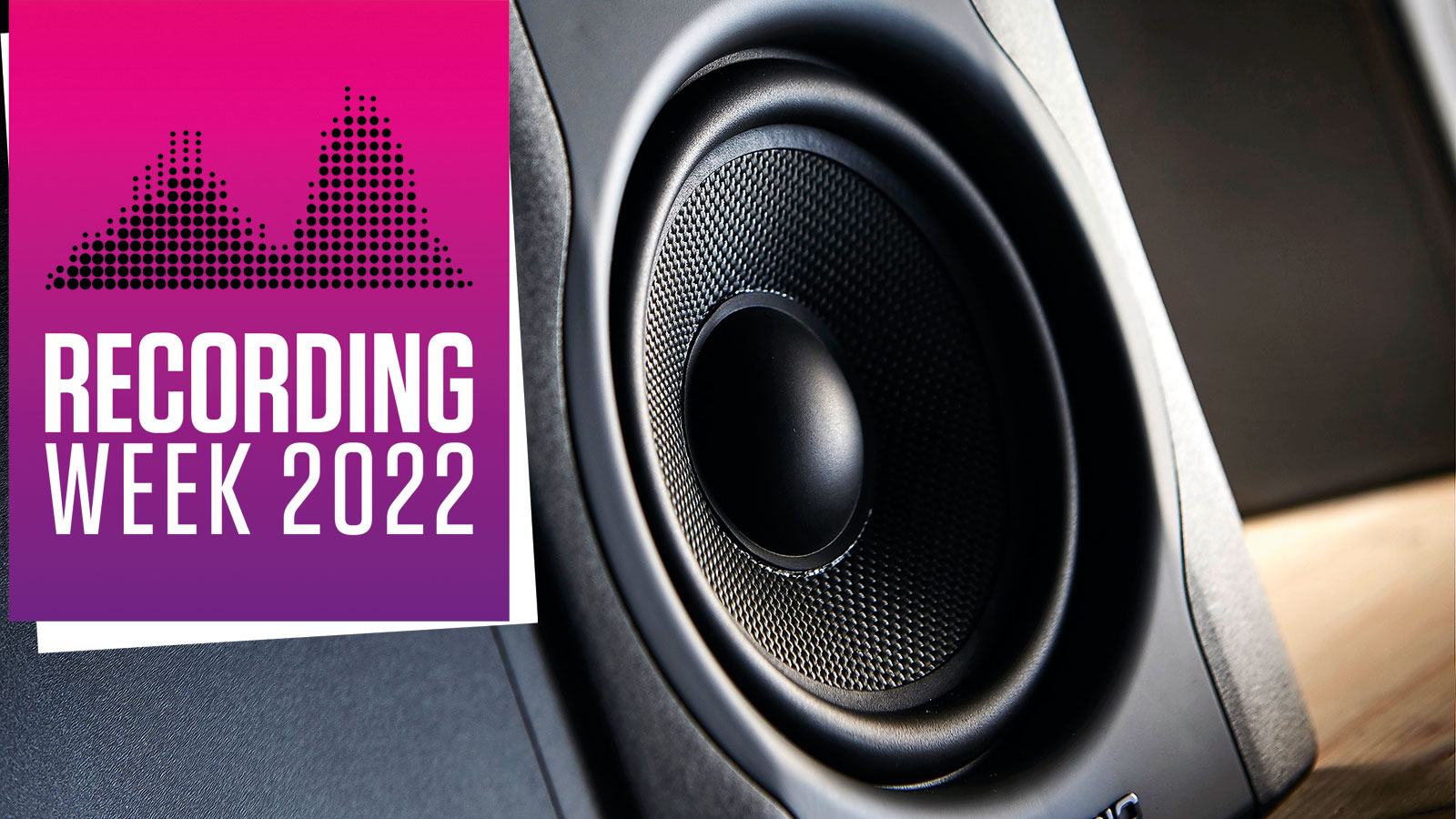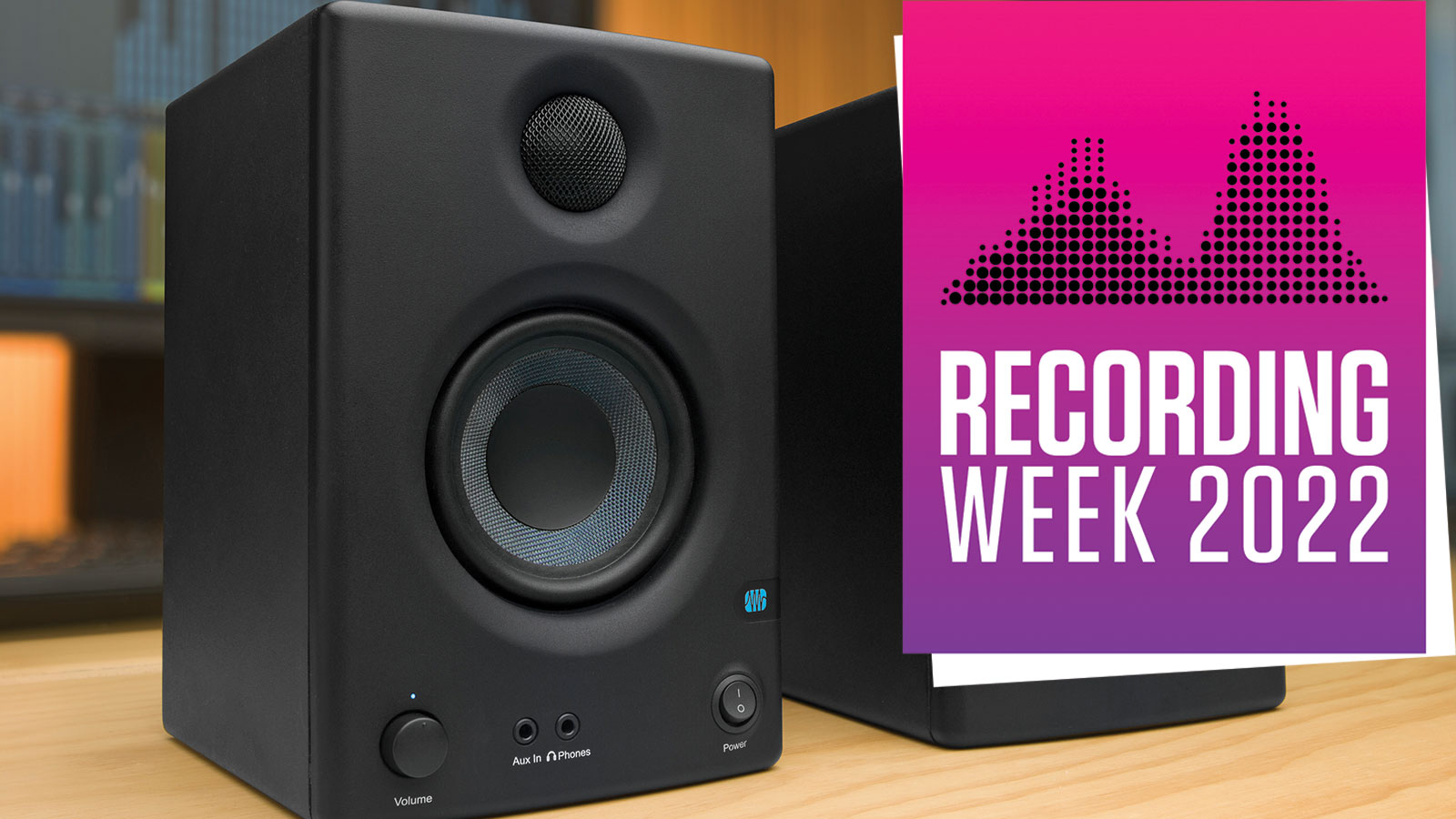Power up your music for less with these recording essentials
We look at price-conscious setups for everything from rock, to electronic music and soundtrack work

RECORDING WEEK 2022: Even with budget-conscious intentions, setting up the best studio for your needs can quickly devour your cash. So this issue, we’ll give you a carefully considered roadmap to lay the foundations of a studio ready for all manner of genre-oriented demands...
Unless you’re extraordinarily wealthy, you’ve likely started to feel the sting of global inflation over the last few months. For many, splashing out on your music production hobby will feel like an extravagance at a time of extreme belt-tightening. But, if you’re just starting out on your journey into music-making, or if you’re itching to go deeper and better with your music, then sitting on your hands over the next few months will be a challenge.
We’ve assembled an array of studio setups that we’ve carefully tailored towards certain genres and tasks. All for comfortably under a £500 maximum budget
That’s why we’ve elected to do the hard work for you, assembling an array of studio setups that we’ve carefully tailored towards certain genres and tasks. All for comfortably under a £500 maximum budget.
These finely honed setups will help you assemble pulse-pounding EDM, behemoth rock or bass-heavy hip-hop or carry out near pro-level mixing and mastering. It’s breathtaking how much can be achieved at a low cost.
Just one disclaimer however: we’re going to make the assumption that you already have a PC or Mac at your disposal at the very least. While you don’t necessarily need a state-of-the- art, multi-cored beast, having a decent computer which can handle the frequent tolls that music production can extort is vital. You’ll want to make sure you have sufficient hard drive space to store the music production wares you plump for, too. If not, you might want to get hold of a separate external hard drive.
Also central to all studios is a DAW, which we’ll consider as the cornerstone of our specifically curated studio setups and come back to later. Another point to make before we go deep, is just where you establish your studio, and how to maximise your music-making space on a budget, so that’s where we’ll start...

The space
The first thing to consider when powering up your sound, is your studio. Does it fit your music, is it a creative space... If your studio needs changing or upgrading, we have some great value solutions
Want all the hottest music and gear news, reviews, deals, features and more, direct to your inbox? Sign up here.
On the links below we’re going to reveal some of the best budget setups for all genres and show you how to get the best out of them
First though, you’ll have to figure out just where you situate your studio, and the bigger picture sonic treatment choices you’ll need to think about to make that space work.
Mixing anything using a pair of monitors in an untreated space can cloud your ears with misleading acoustic perceptions of how your track sounds
For example, if you’ll be recording live vocals, or live instrumentation, you’re going to need more room space to play with than if you just intend to do everything in the box.
Acoustic treatment is one concern that many first-time producers avoid delving too far into, particularly if their focus is predominantly software-based production. But mixing anything using a pair of monitors in an untreated space can cloud your ears with misleading acoustic perceptions of how your track sounds.
Resolving this requires the implementation of one or more acoustic panels, and the most important (arguably) thing to consider is a decent bass trap. Not just an absorber of overly beefy low-end, bass traps can also be a good sponge for soaking up erratic mid and high frequencies.
Starting at £48.50, Gik Acoustics’ varying sizes of low-cost bass traps are a good place to start browsing, as are the fantastic options from the likes of Vicoustic, eFoam and Advanced Acoustics.
There are plenty of guides online to help you to assemble the right sort of foam to house within a wooden frame
Beyond bass traps, some solid acoustic wall panels, usually constructed from foam and fabric, are critical tools for preventing room reflections muddying up the sound. There are some tasty budget options that can be picked up for as little as £4.99 per panel from AcuFoam, Acoustic Gear and the slightly pricier Sonitus.
But if you’re really wanting to keep costs down... why not try your hand at making some yourself! There are plenty of guides online to help you to assemble the right sort of foam to house within a wooden frame. Assembling the raw materials might be a bit costly initially, but once you’ve put one together, it’ll be much cheaper to DIY your own panels in the long run.

Extra kit
Unless you want to incorporate your room tone, guitar, bass and synths can be directly injected through your interface, recorded and processed within your DAW. For vocal recording however, the room sound certainly plays a part.
A pop shield, such as everyday workhorse sE Electronics Pop Shield (£25) or the more substantial Nady MPF-6 (£40) is indispensable
To get the best quality takes, you’ll need extra apparatus. Firstly, to prevent irritating plosives (and protect your microphones from showers of spittle) a pop shield, such as everyday workhorse sE Electronics Pop Shield (£25) or the more substantial Nady MPF-6 (£40) is indispensable.
Secondly, you’ll need the appropriate extra gear with which to house your microphone – namely a stand, a mic cradle and, if you’ve got any leftover cash, a portable isolation booth, such as Studiospares IsoCube mic isolator (£20) or Nordell Audio’s Foldable Reflection Filter (£49). Make these essential purchases now to save time fixing shoddy-sounding vocals recordings later.
Once you’re able to listen back to your music free from room reflections, and record your vocals (and real instruments) as smoothly as possible, you can start thinking about how to tailor your studio toward your chosen sphere of music production...
Recording setup essentials by genre

Recording setup essentials: an amazing hip-hop setup for under £500
You don’t need a million dollar studio to tangle with the big boys. Here’s our penny-saving guide to becoming a grandmaster. Read more...

Recording set-up essentials: electronic music for less than £500
Building your studio to cater for the dancefloor – or headphone-based connoisseur – is easy. Read more...

Recording setup essentials: everything you need to make soundtracks for less than £500
Fancy yourself as the next Hans Zimmer? If you’re set on a career as a soundtrack creator then you’ve come to the right place. Read more...

Recording setup essentials: powerful pop sounds for under £500
You think you’ve got what it takes to climb the charts? It’s surprising how little you need to build a playlist-friendly banger. Read more...

Recording setup essentials: Get a big rock sound for less than £500!
You don’t need to have walls of amplifiers and a spacious LA studio to conjure hair-raising rock’n’roll. Read more...
Computer Music magazine is the world’s best selling publication dedicated solely to making great music with your Mac or PC computer. Each issue it brings its lucky readers the best in cutting-edge tutorials, need-to-know, expert software reviews and even all the tools you actually need to make great music today, courtesy of our legendary CM Plugin Suite.
